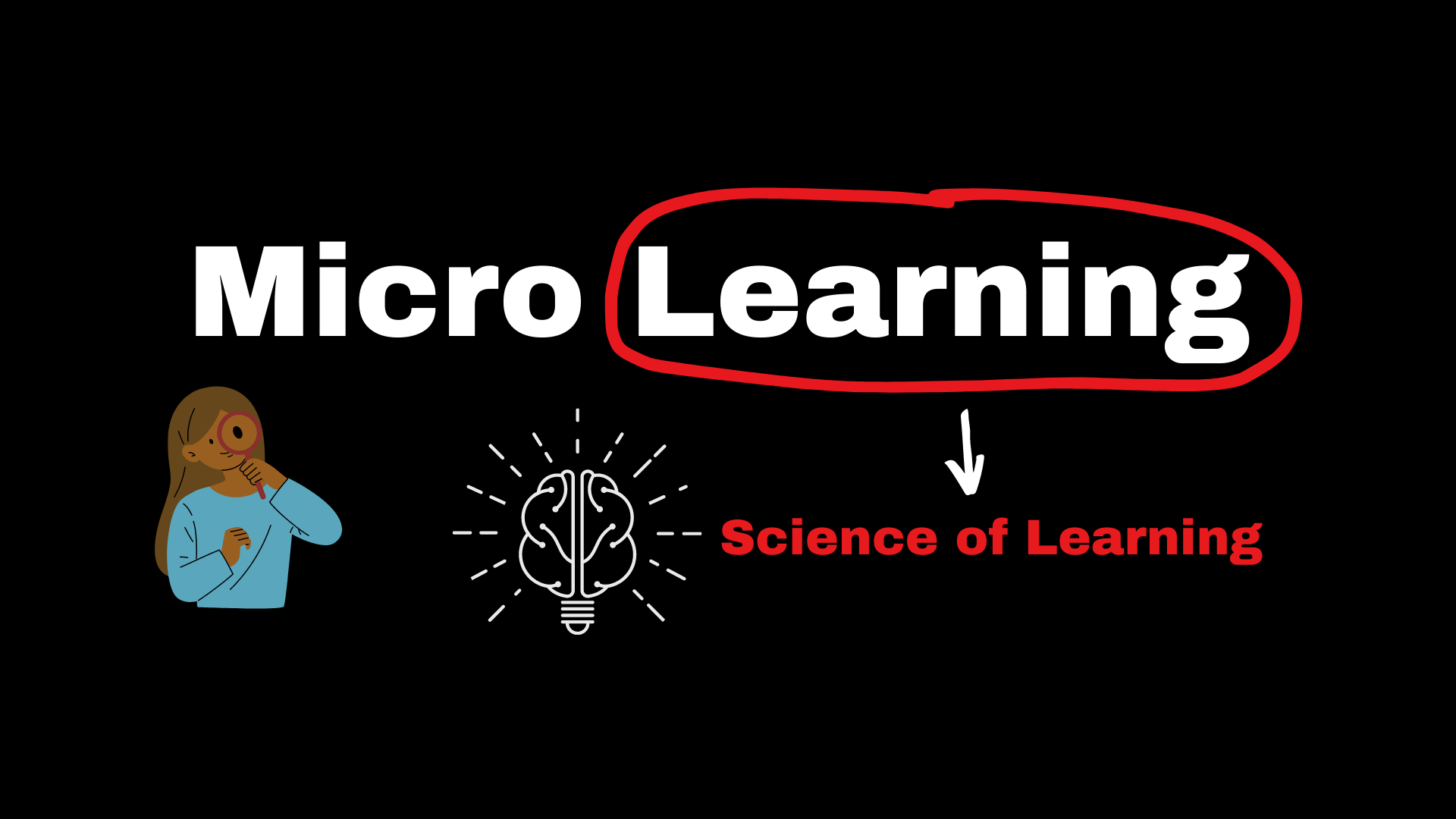Using Memes as a Teaching Tool
By Carolina Kuepper-Tetzel
I’m sure you have done this before or seen it in presentations: That funny meme on a slide to make it more engaging. My first thought would go to seductive details and how adding irrelevant, but funny details can hinder learning. We have blogged and talked about this before (here and here). However, I recently came across an article that looked at using content-relevant memes as a teaching tool (1). Hear me out because this is interesting. The authors essentially outline the benefits of memes that – when used thoughtfully – can be connected to strategies such as dual coding, concrete examples, and elaboration.
Dual coding: When using content-relevant memes, students are provided with visual and verbal content that is meaningfully connected to each other. A meme only works when the words and the image are linked to each other to create sense. This strengthens the comprehension in students.
Concrete examples: Memes are concrete examples of more abstract and complicated ideas or concepts. As such they help to extract the underlying ideas by transforming them into a more concrete format. This can support students’ understanding of the material.
Elaboration: To use Bloom’s taxonomy, memes invite elaboration in form of analysis and synthesis of the material in students. To understand, explain, or create a meme students will need to make connections between their knowledge and observations in the real world. They also need to be able to explain concepts or ideas in their own words and break down bigger ideas into their essential components. All these processes invite elaboration processes which are beneficial for learning.
The authors outline two ways on how memes can be used in the classroom as a teaching tool: Students explain memes and students create memes.
Explaining memes: For this approach, students are either provided with content-relevant memes or asked to source existing memes themselves and then explain how the meme connects to the learned content in their own words. This can be done as a peer activity or as a writing activity.
Creating memes: For this approach, students are asked to create their own memes by finding a picture and coming up with a caption that captures an essential idea of something that was taught in class. Again, this can be done in different ways, e.g., as an individual task or group task.
The authors suggest some ways on how a meme activity can be made into a graded, summative assignment. Personally, I do not think it works well as a stand-alone summative assignment. However, they suggest using it as part of a bigger assignment. For example, it could be part of an essay assignment for which students are asked to create and include a meme that captures the core of the essay topic. Meme activities will work well as formative assignments to be done during class or as non-graded homework assignments.
Image from Pexels
Risks of using memes as a teaching tool
It is important to highlight the risks in using memes before embracing them as the new, shiny teaching tool:
1. Make sure that the memes are related to the content and provide students with feedback on the memes. In order for students to learn from memes, they need to activate the correct prior knowledge and have understood the underlying ideas of the taught material. This is true for when students explain existing memes or create own memes.
2. Memes can suffer from being inaccessible in two ways: a) students with visual impairments may struggle to understand the meme due to its presentation format, i.e., image with a caption on the image. Using alt-text for describing the meme can alleviate this. b) Many memes depend on an understanding of common pop knowledge which is usually culturally biased. Students coming from different cultural backgrounds may not be able to immediately appreciate a meme because the meme uses references that are unique to some cultures, but not others. However, this shortcoming can be used as an opportunity to learn about different cultural references. For example, when students create memes and use images that align well with their cultural backgrounds, they could explain the memes to each other and co-create an inclusive learning environment.
3. Finally, there is the issue of White individuals using images of BAME individuals in memes which raises problems of appropriation and racism. The authors use the term “digital blackface” and highlight the importance to make students aware of this before engaging in any meme activity task. While memes tend to be lighthearted, many of them carry norms that come from privileged point-of-views and need to be questioned and critically evaluated every step of the way.
Memes – when used carefully – seem to be a great teaching tool to engage students with the material and help them elaborate on the concepts and ideas. There are different ways on how memes can be used in the classroom, and this can be tailored to the students and the topics. Students can be asked to explain memes to themselves, their peers, or in a writing activity or they can be tasked to create memes by using what they learned in class. Importantly, using memes comes with risk factors that need to be taken into consideration before embracing the approach as a new teaching tool.
Reference
(1) Kath, L. M., Schmidt, G. B., Islam, S., Jimenez, W. P., & Hartnett, J. L. (2022). Getting Psyched About Memes in the Psychology Classroom. Teaching of Psychology, 0(0). https://doi.org/10.1177/00986283221085908



